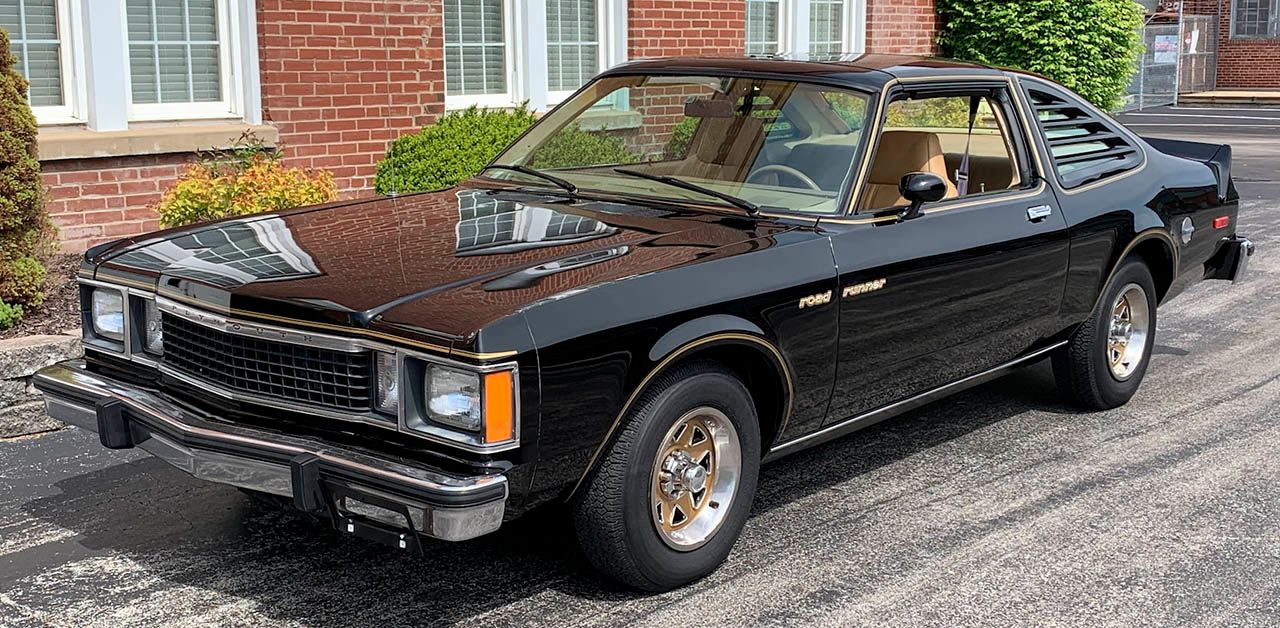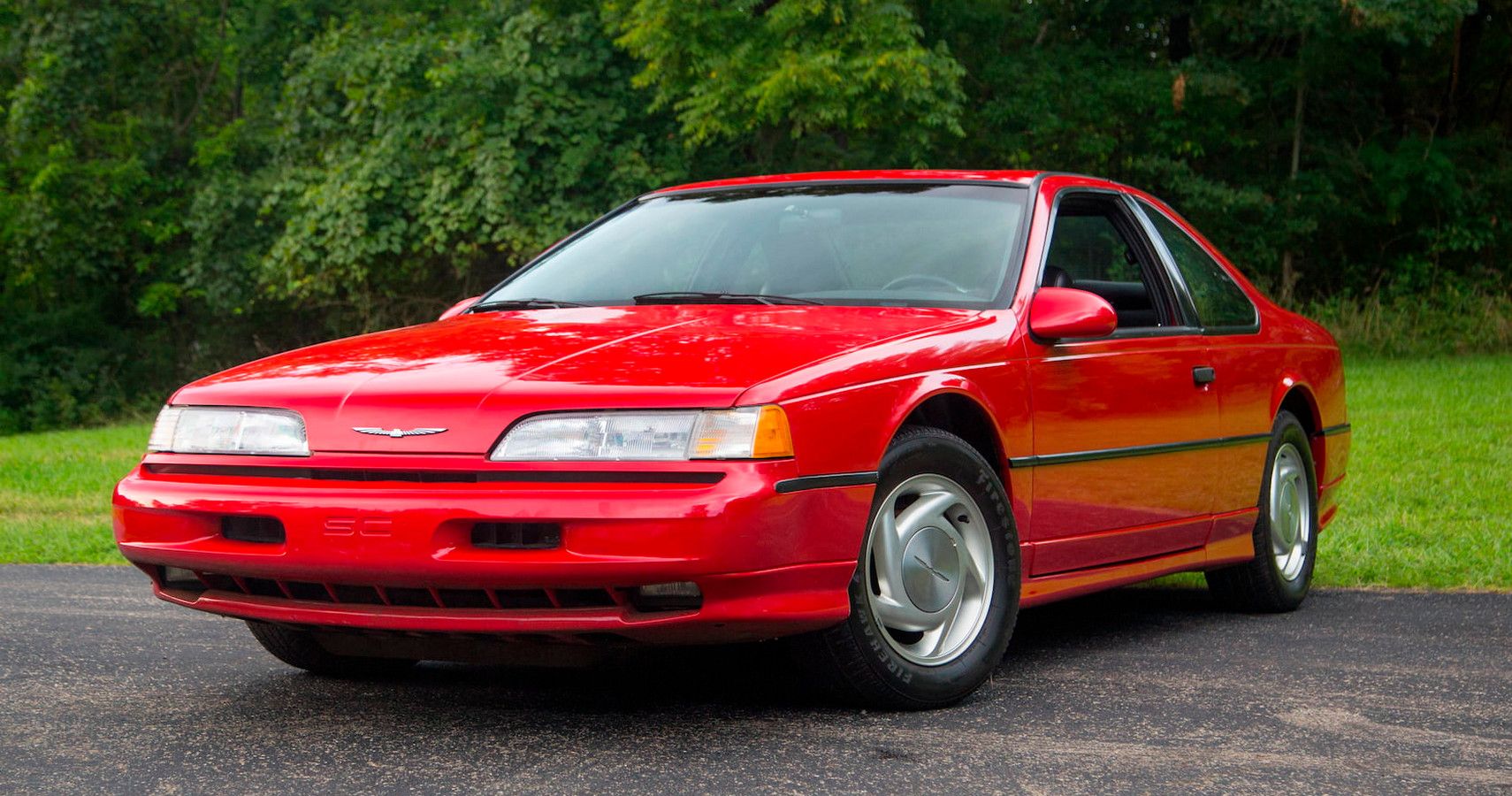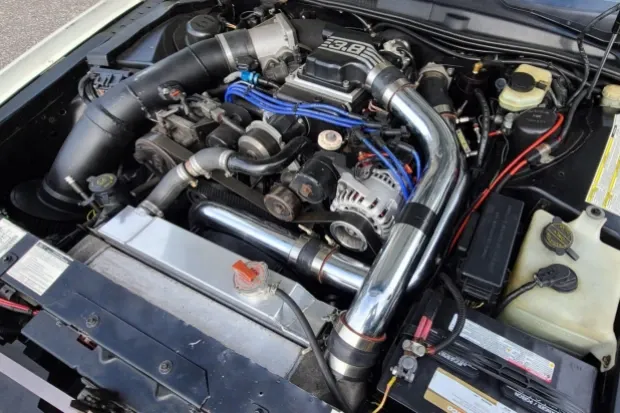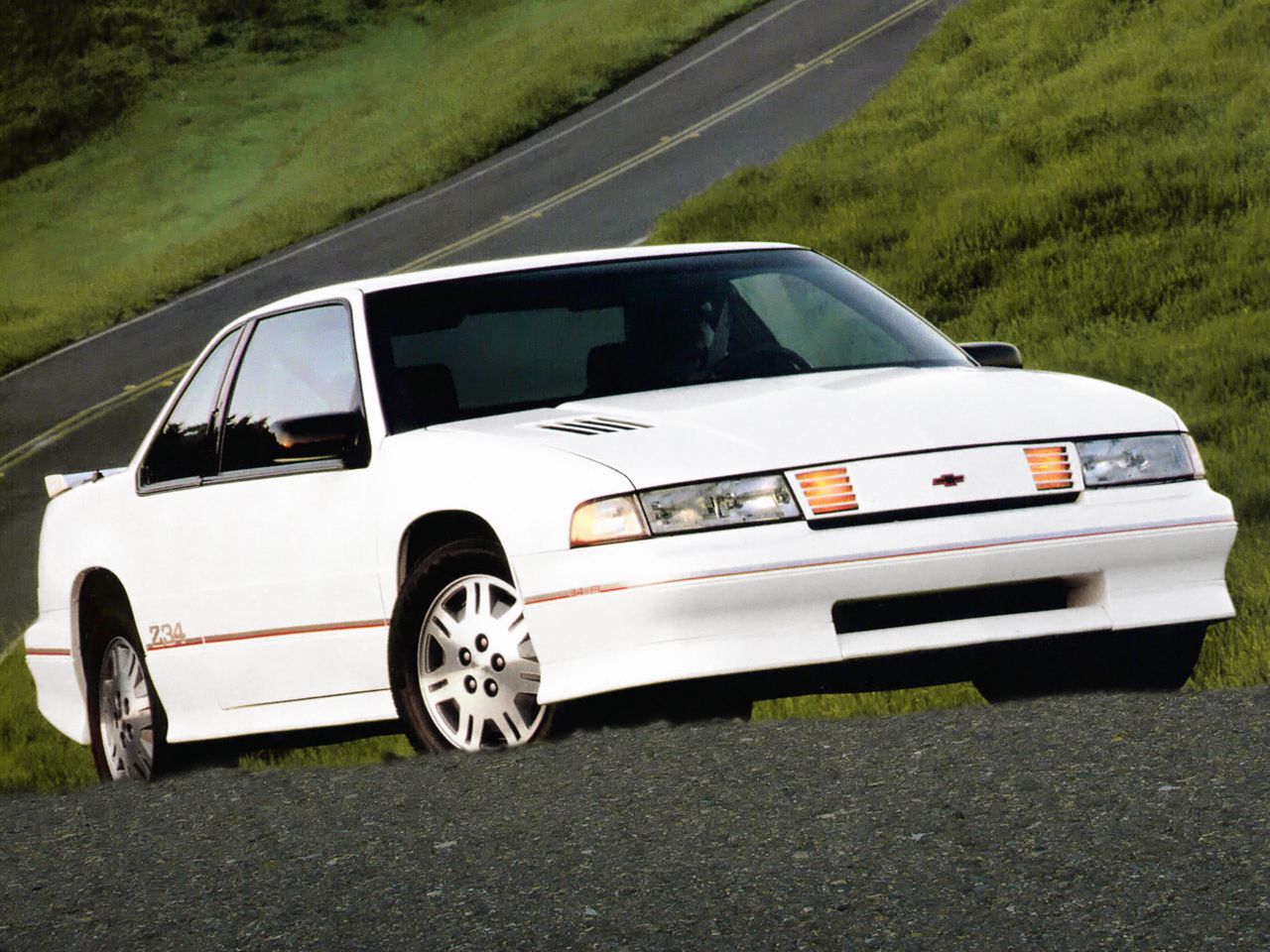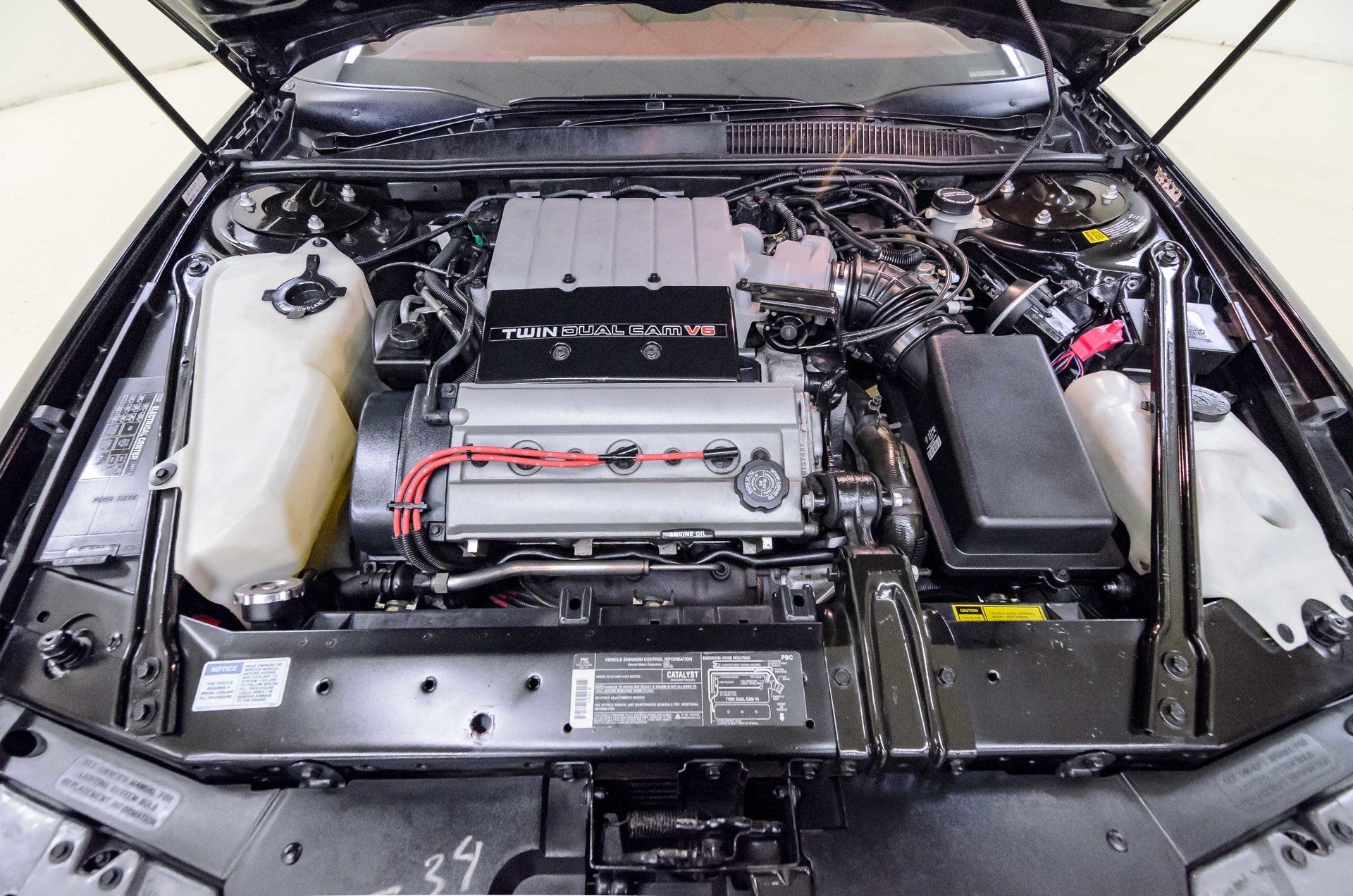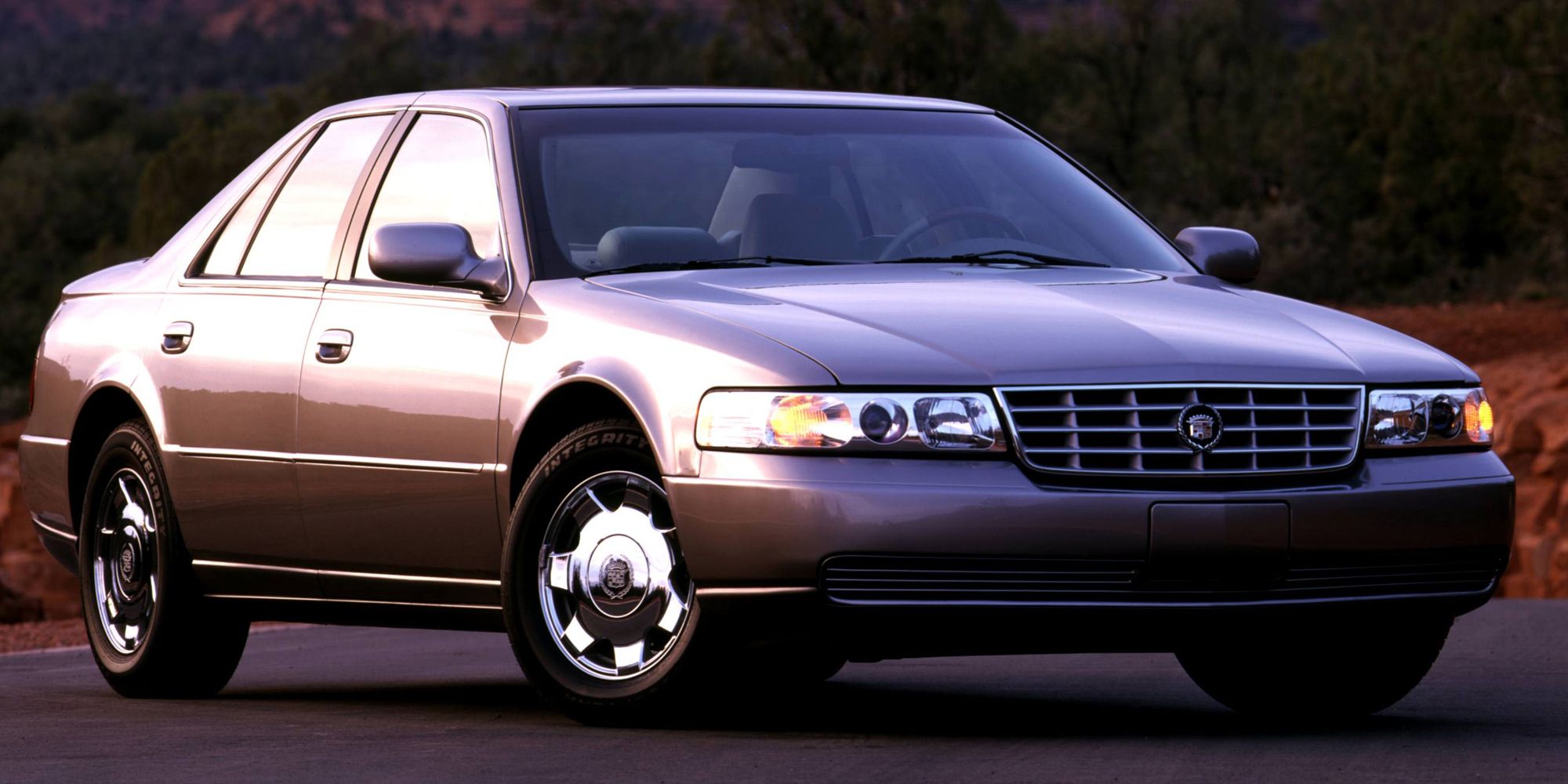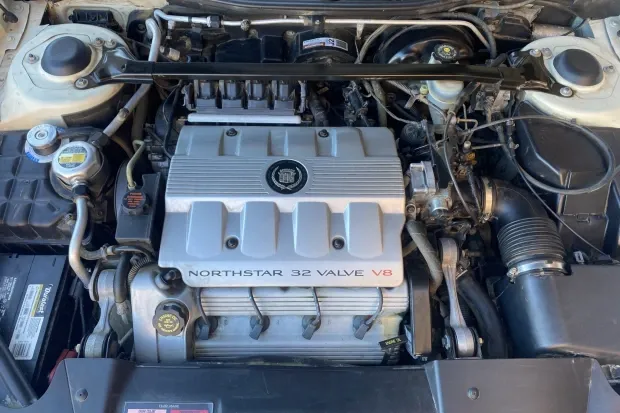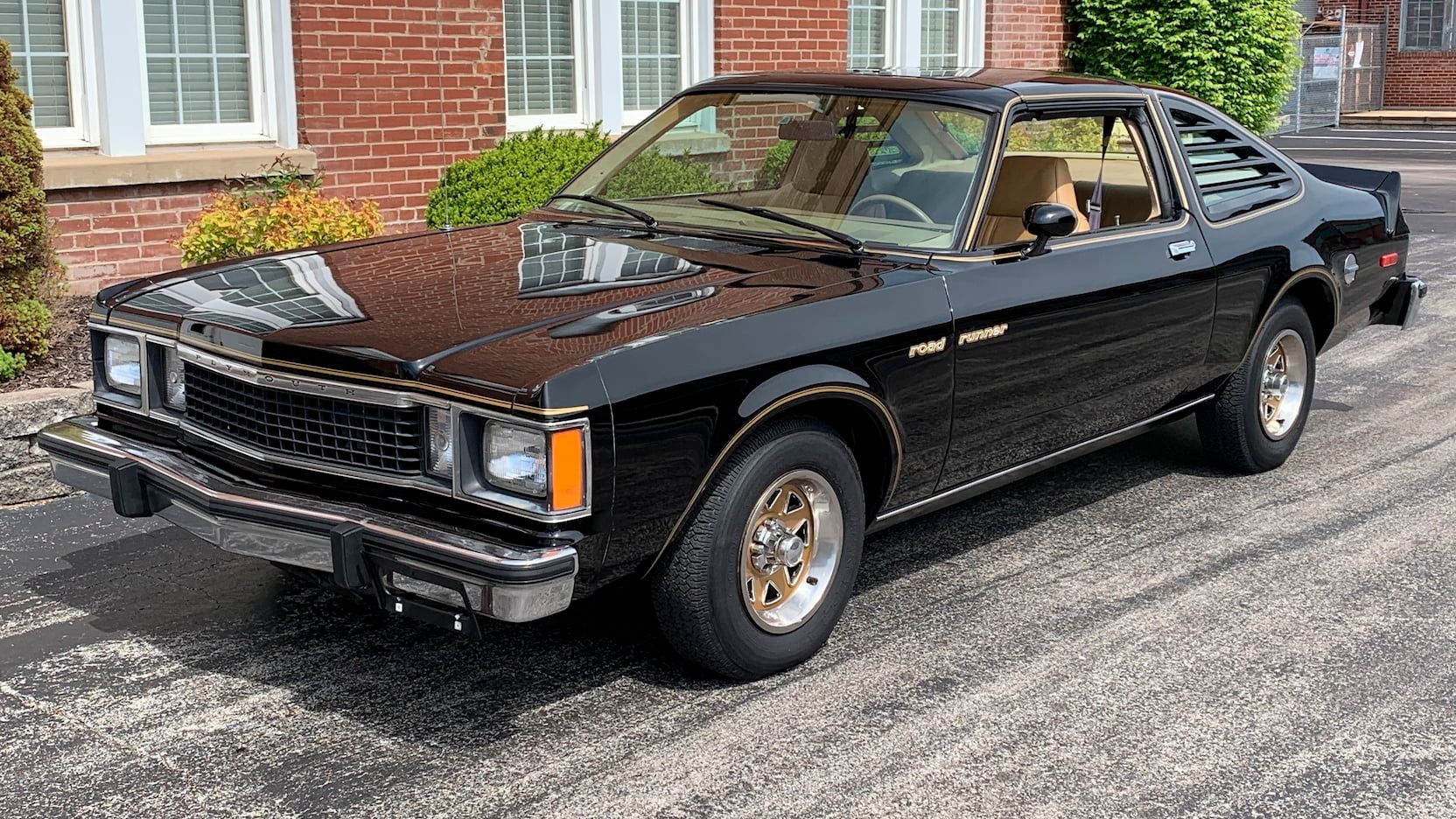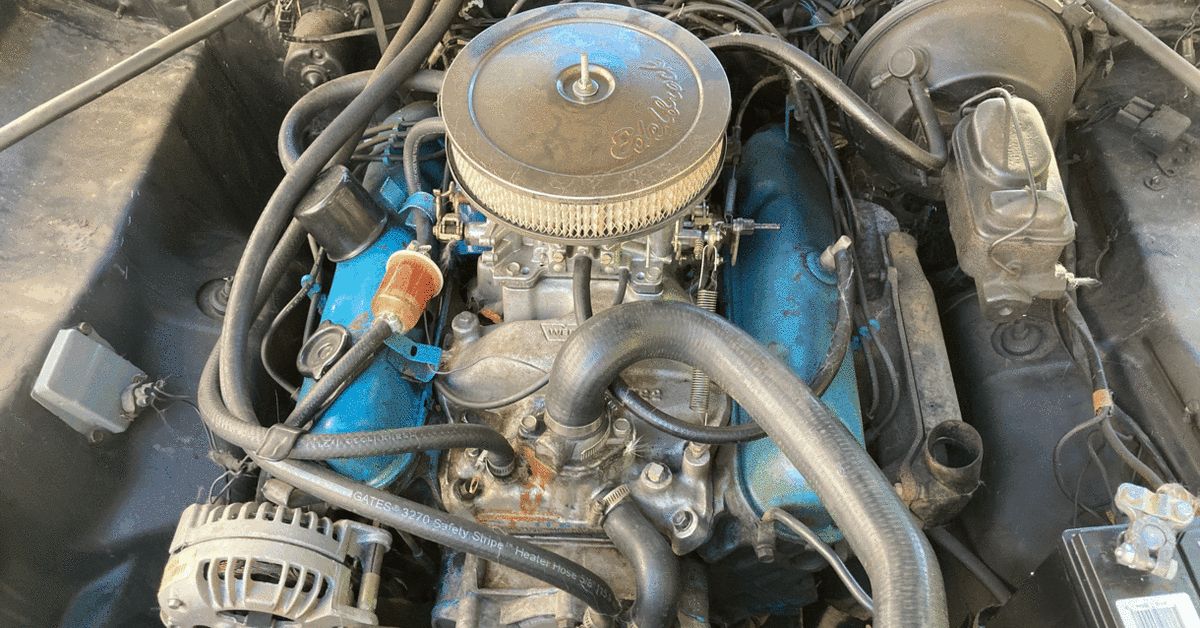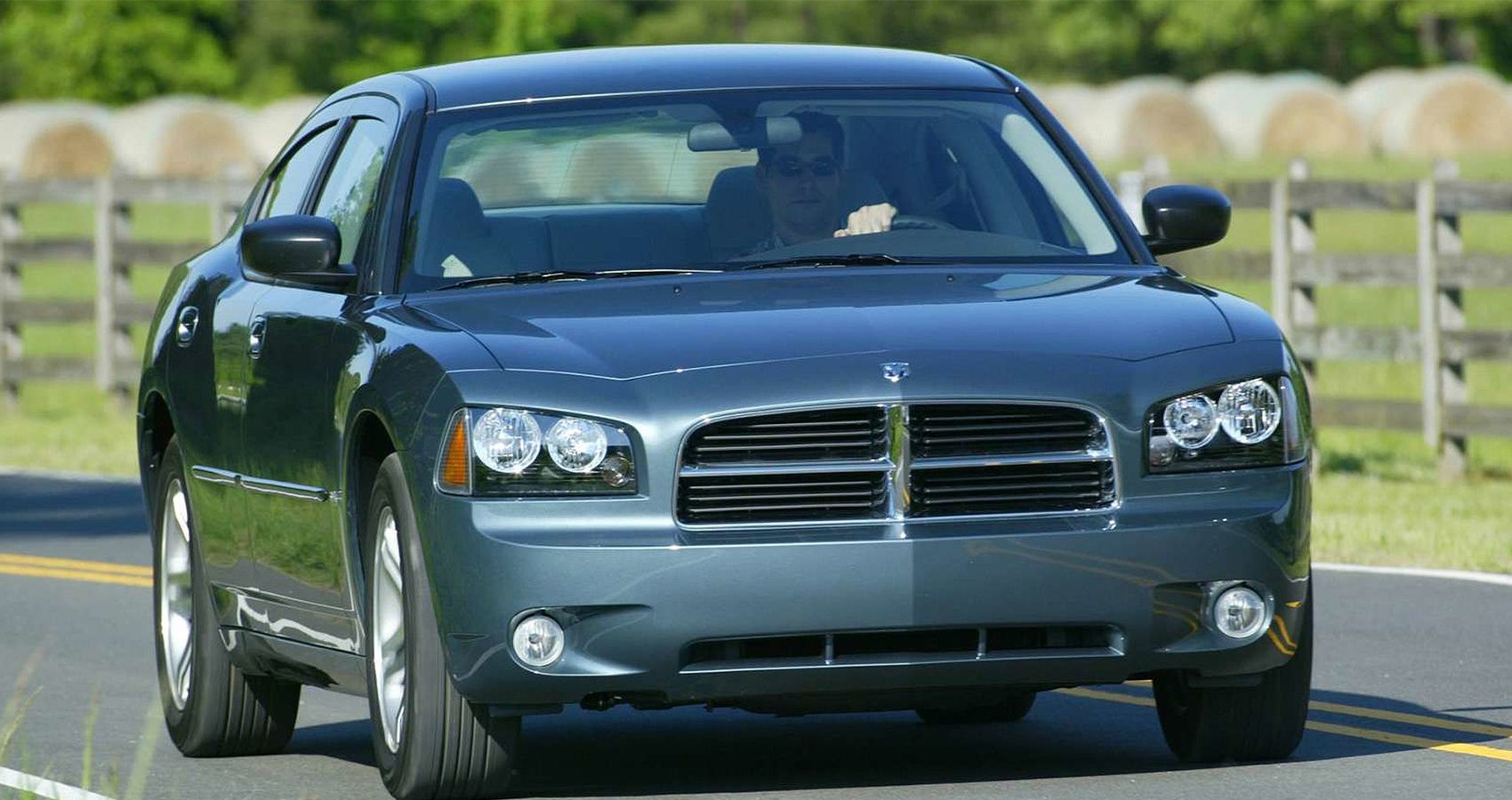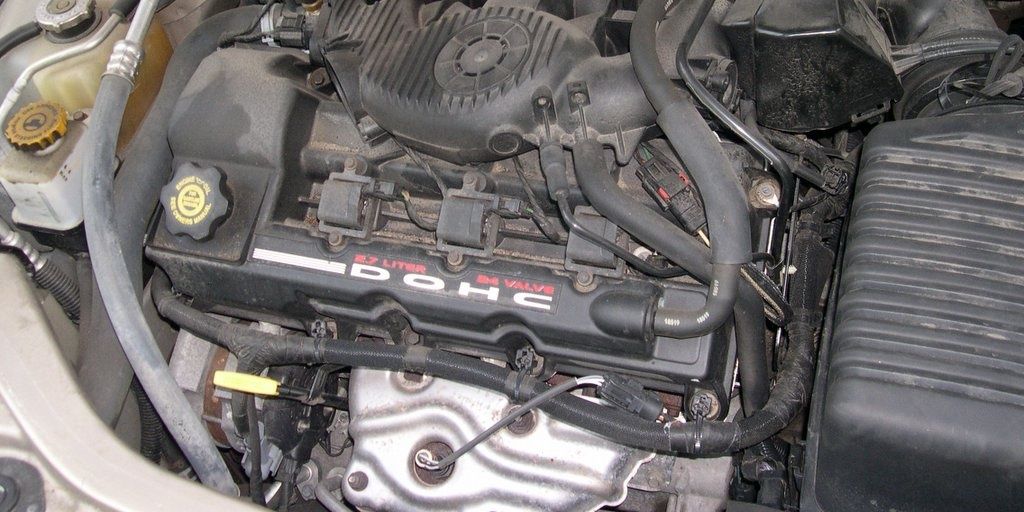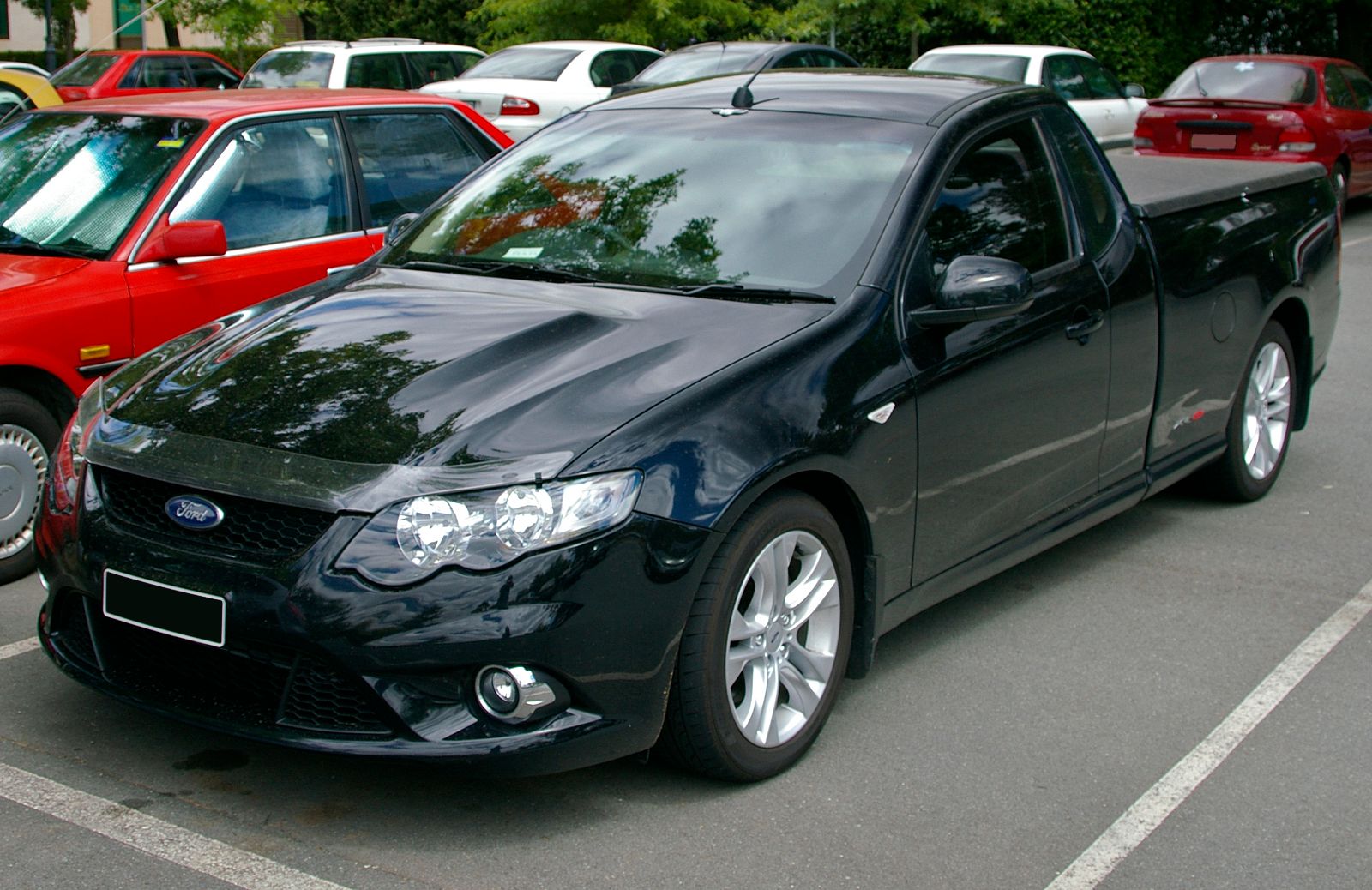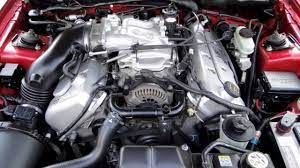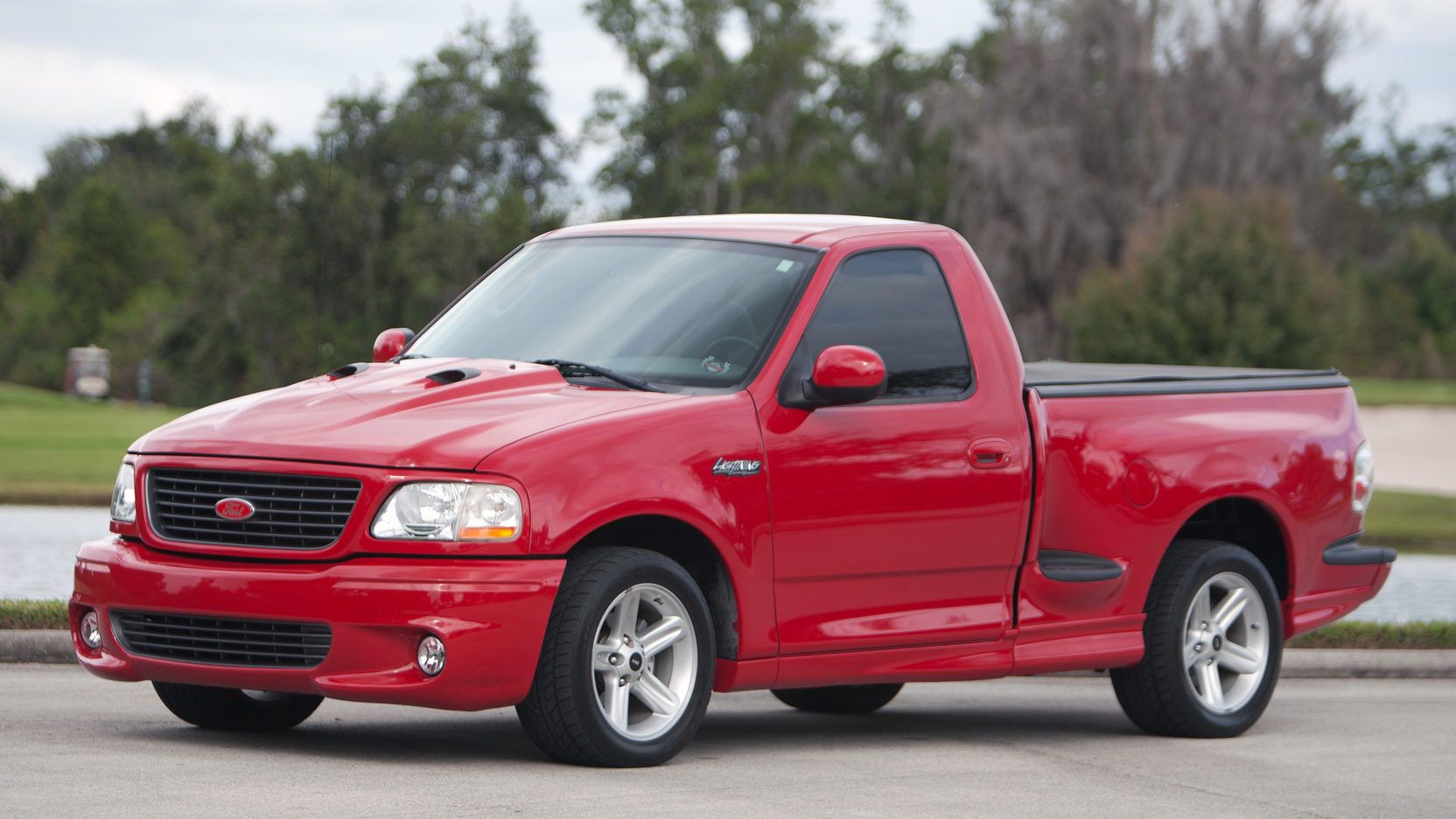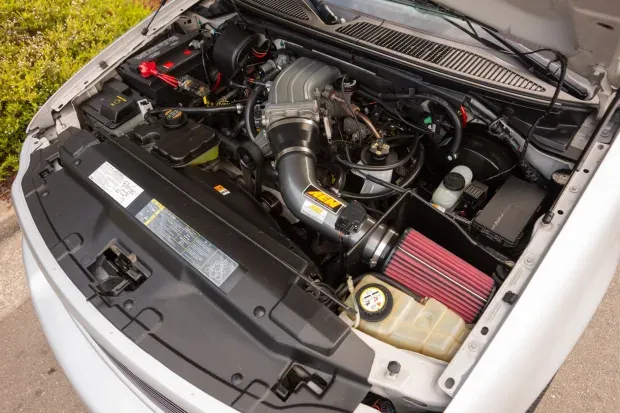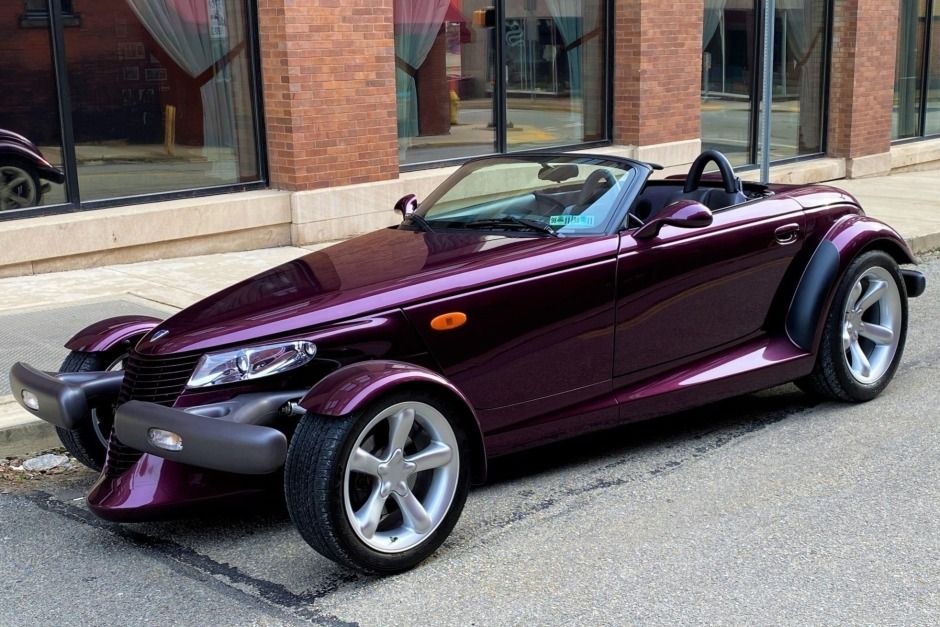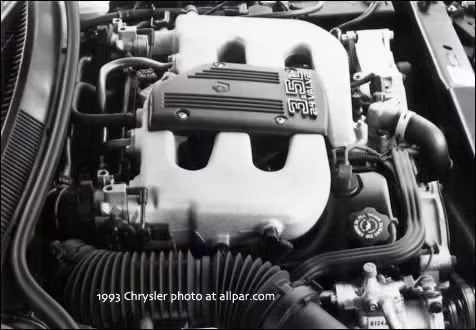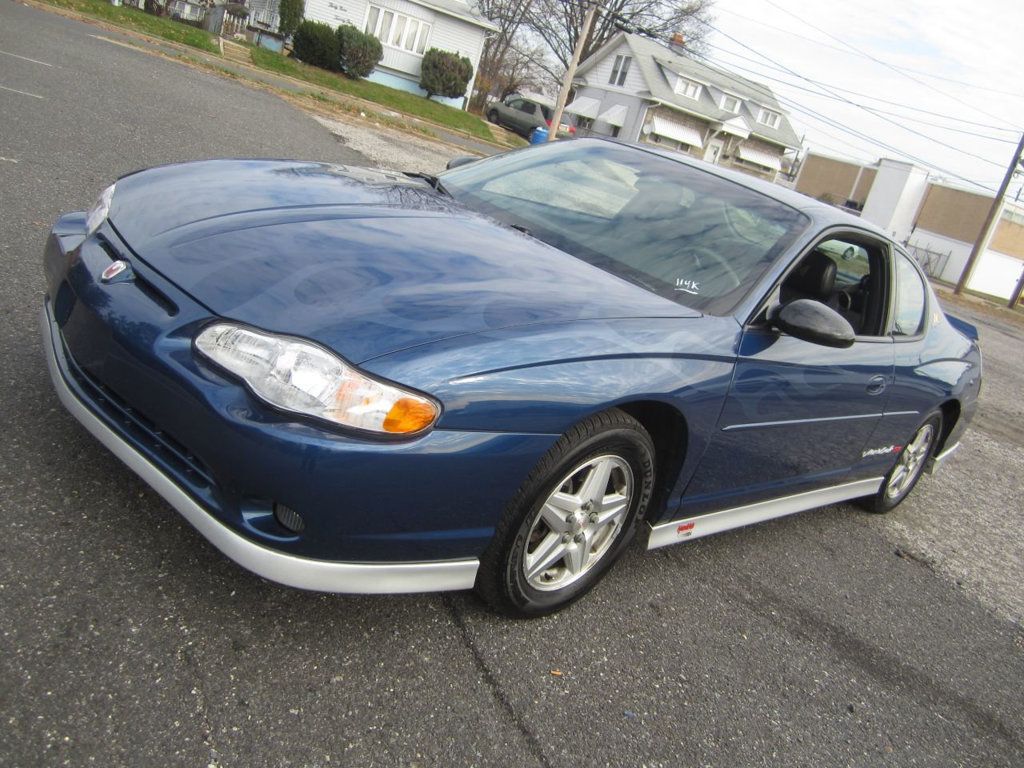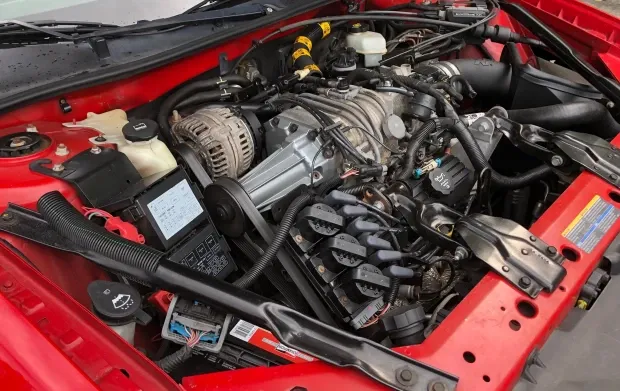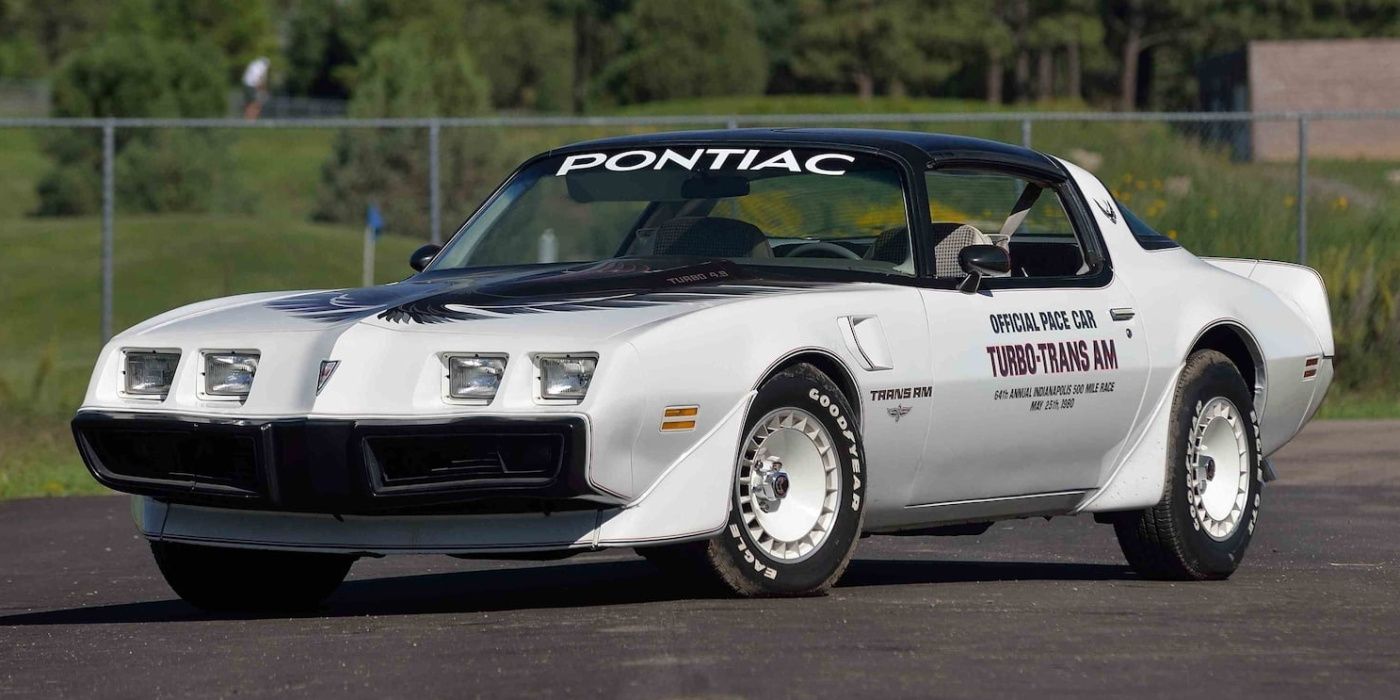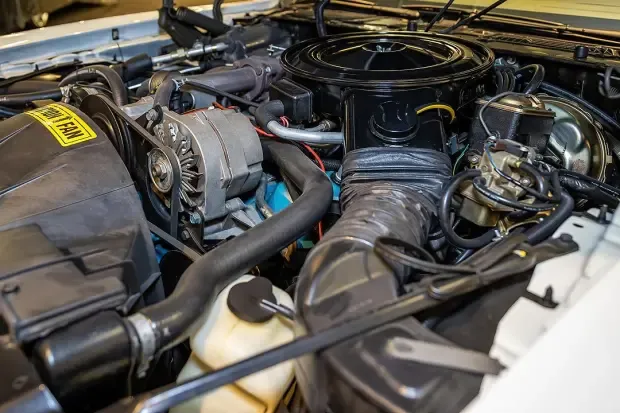While muscle cars are mostly known for their speed, looks, and raw power, they have also developed a reputation for reliability. The whole point of muscle cars was to appeal to the common man, so they couldn't be finicky or unreliable. Muscle car design features like push-rod engines, rear-wheel drive, and heavy-duty auxiliaries are likely to credit for the good reliability of muscle cars overall.
However, some manufacturers have strayed from those characteristics, or just outright made bad cars; hurting muscle cars' reputation of reliability. While you could say any old car is unreliable because of the wear and tear a car endures over the years, some came unreliable from the factory decades ago. Get a notepad and check your Craigslist bookmarks, here are 10 muscle cars that won't last 100,000 miles!
10 1989 Ford Thunderbird SC
The Ford Thunderbird is one of America's most iconic cars, embodying luxury, comfort, and performance over 11 generations. The tenth-generation Thunderbird is generally considered a reliable vehicle, especially when optioned with the 5.0L or 4.6L V8. Ford build quality was solid and buyers were typically happy overall...besides with one flaw early on in the cars' production.
Early 3.8L Supercharged V6s were famous for blowing the head gasket around 90k miles. Ford fixed the issue eventually, but the damage was done and hurt sales of the car early on. Later cars tend to run better and longer, and even early ones can run fine if the head gasket issue is fixed early.
9 1991 Chevy Lumina Z34
The Lumina Z34 was a special edition Lumina meant to compete with cars like the Thunderbird, Dodge Daytona, and even GM's own Gran Prix. Chevy crammed a 3.4L V6 and sent the power to the front wheels. The Lumina Z34 was a capable performer, hitting 60 in less than 8 seconds, and was sold at a reasonable price.
So what was the Achilles' heel? The Chevrolet 60° V6 was notorious for head gasket failure. The 4T60E transmission wasn't quite what we'd call bulletproof either. To top it all off, the Lumina Z34 wasn't immune from GM's subpar quality control of the 1990s. We'd advise you to run if you see one for sale.
8 1999 Cadillac Seville STS
Cadillac released the STS trim for the midsized Seville to compete with cars like the Lexus LS400 and BMW 5 Series. The Seville was given "sporty suspension", body-colored accents, and a higher horsepower version of the 4.6L Northstar V8...sending power to the front wheels. Yes...a front-wheel-drive V8.
You probably know what's next. The 4.6L Northstar was infamous for head-gasket failure, but not because of the head gasket. The head bolts would actually strip themselves loose, not heavy-duty enough to keep the cast-iron head on the aluminum block. Cadillacs of the era also had issues with power steering pumps, window regulators, and oil leaks.
7 1980 Plymouth Volare Roadrunner
The Volare replaced the popular Duster in 1976. Chrysler thought this new line would fit the personal luxury trend of the 1970s, and engines were de-tuned to 125 horsepower. High-power muscle cars were out of style and Chrysler was catching on to the trend. The Volare was mechanically simple; a pushrod V8 and 3-speed automatic powered the little Plymouth.
So how could such a simple car be unreliable? Rust. Even when the cars were new the rust problems made the cars nearly undrivable. After one winter you could expect your Volare to be falling apart. Lee Iacocca went as far as to say the Volare is one of the reasons Chrysler went bankrupt in the 1970s and tarnished the brand's reputation of reliability.
6 2006 Dodge Charger SE
Dodge relaunched the Charger in 2006, using a range of V6 and V8 engines to power the throwback muscle car. The 3.5L V6 and 5.7L HEMI V8 proved to be the most popular engines, with the 5.7L HEMI being notoriously reliable. Police departments even used the HEMI Chargers as a testament to the abuse they could handle. While they had some problems, some proved worse than others.
Now the V6 engines didn't enjoy the same longevity as the HEMI. The worst of them all was the 2.7L V6. The 2.7 was known for oil sludge, which killed the engine. The fault was likely poor head gasket design. The 5-speed automatic transmissions were subpar reliability-wise as well.
5 2008 Ford Falcon XR8
The Ford Falcon is an Australian legend, powered by an American V8 and using a tuned Australian chassis. The Falcon was offered in both sedan and Ute form, as most Australian muscle cars should. The Falcon XR8 made use of Ford's 5.4 Triton V8, specifically the three-valve.
Ford's Triton V8 line is often times considered the least reliable engine ever produced. The coil-on-plug design caused a slew of ignition problems. Often on the 3-valve the spark plugs would just break when being changed, creating a headache for owners and mechanics.
4 2004 Ford SVT Lightning
Again, another Ford entry...with a Triton. SVT built up the F150 to be a "muscle truck", equipped with a tuned V8, big brakes, and modified suspension. Along with the performance goodies, SVT changed the outer appearance to match the performance. Unfortunately, the use of the Triton V8 plagued the Ford Lightning with issues.
This time Ford used the 2-Valve version of the Triton, even worse than the 3-valve. The 2-valve was infamous for "eating and spitting out" spark plugs. What was actually happening was the aluminum head would wear down and couldn't hold the spark plugs, sending through the head of the engine...yikes.
3 1997 Plymouth Prowler
The Prowler was Plymouth's last attempt at performance cars and flopped miserably. The Prowler was styled after the hot rods of the 1930s...but lacked any of the performance. The Prowler was only offered with a 4-speed automatic and a 3.5L V6.
The 3.5L V6 was known for head-gasket failure and oil sludge like its little brother. The 4-speed automatic transmission didn't have the best reputation either, known to grind out gears. To top it all off, poor 90s Chrysler build quality made the interior an unwelcome place to be.
2 2000 Chevy Monte Carlo SS
Chevrolet's Monte Carlo is a NASCAR icon, being used as the likeness car for Chevy NASCARs throughout the 70s,80s, and the 00s. The last generation of the Monte Carlo was far from the performance machines that destroyed the oval in the 2000s though.
The front-wheel-drive system forced engineers to cram the V6 engine in sideways, making it difficult to maintain the rear bank. The 4T60E transmission is unreliable as well, often grinding out gears and suffering from electronic failures.
1 1980 Pontiac Turbo Trans-Am
Pontiac was in a bind, with lower compression and displacement sizes killing the Trans-Ams performance. In an attempt to alleviate this issue, Pontiac threw a Garrett turbo on the outdated 301 cubic-inch V8. the boosted V8 was paired to a 3-speed automatic and took 9 seconds to hit 60mph.
The turbo engine was hard to work on, and hard to get parts for...even in 1980. The engines were weak structurally too, with cracks and holes in the block not being uncommon. If the car survived until now, it's near impossible to find the appropriate parts to keep it running. We'd stay away, no matter how rare or collectible these are.

